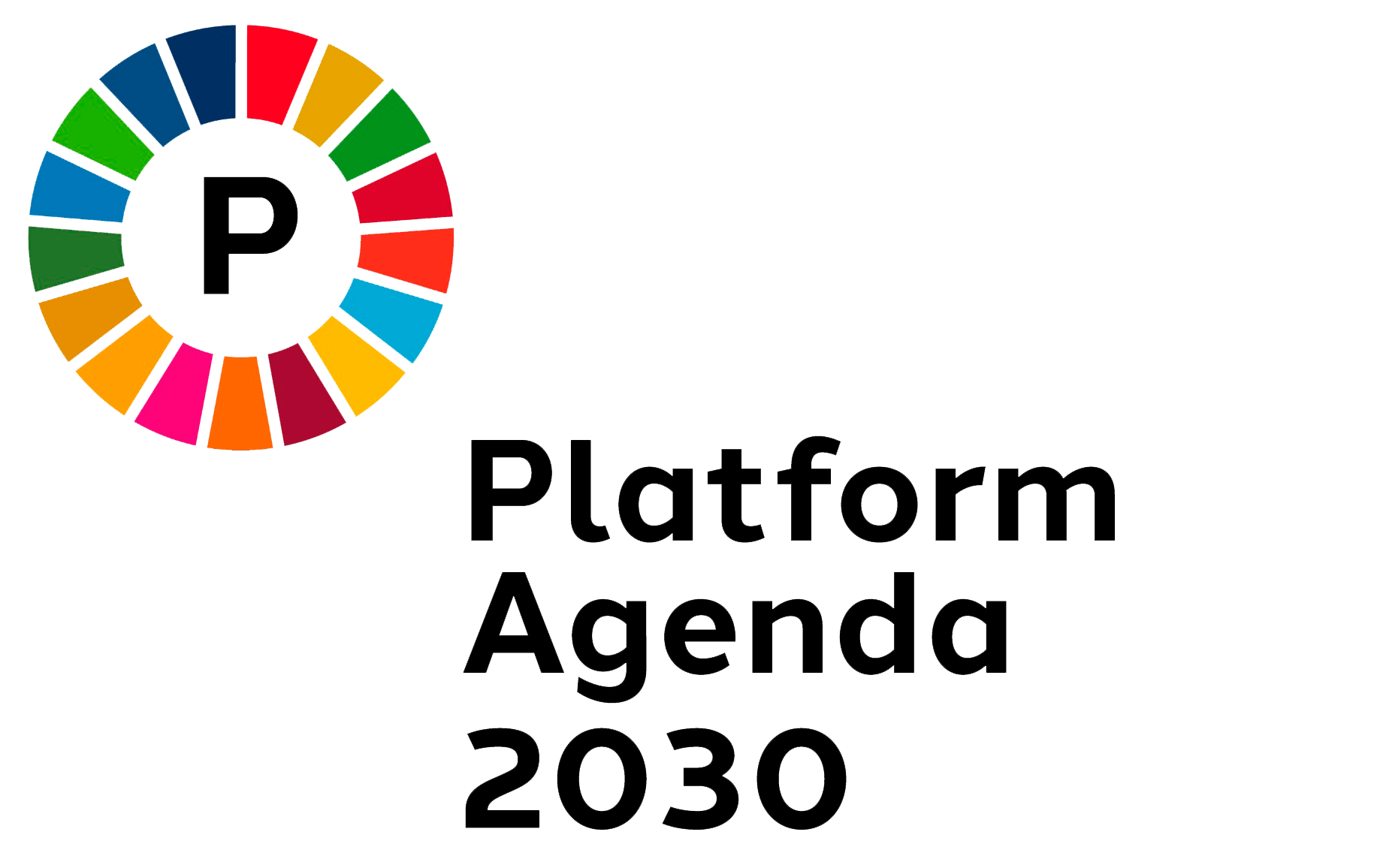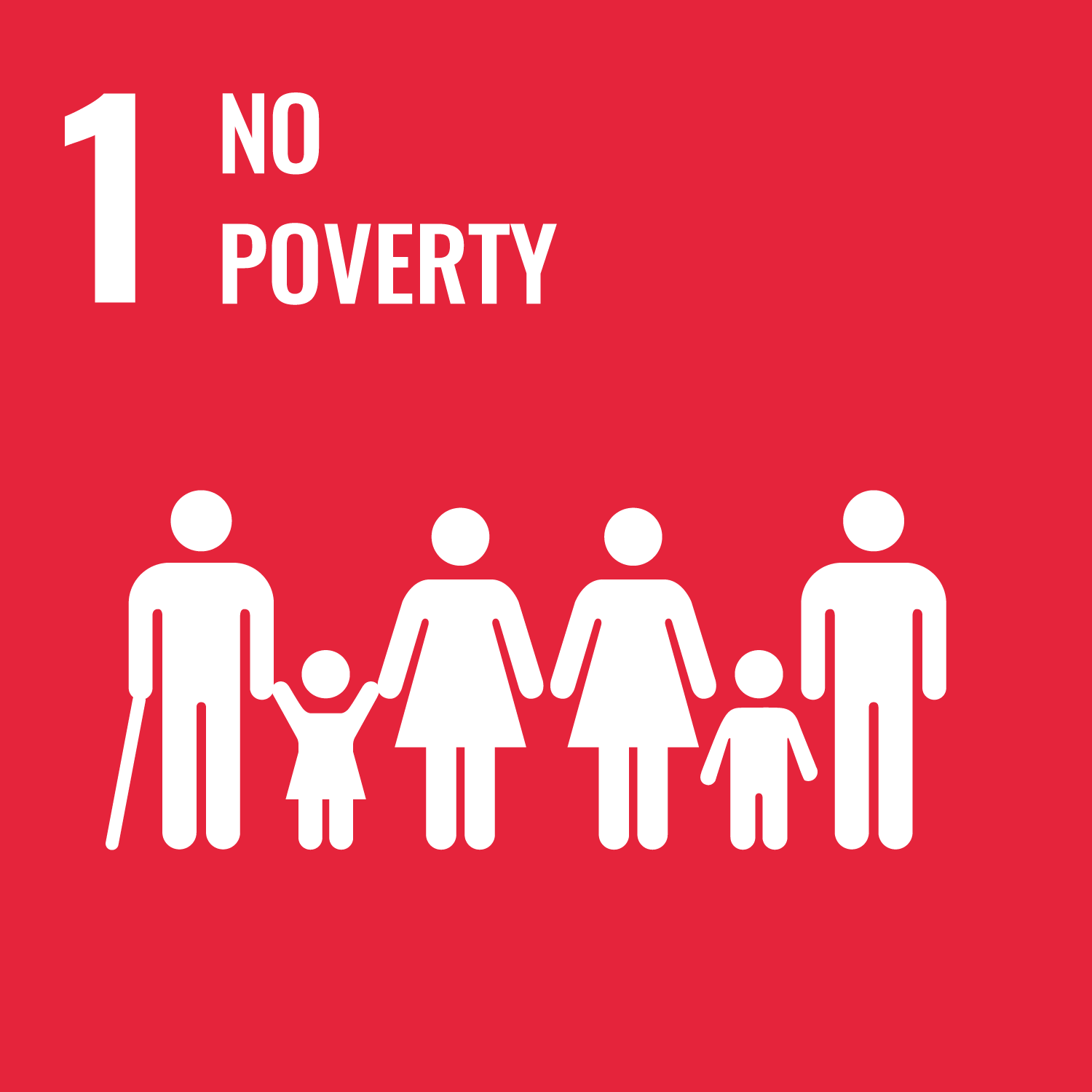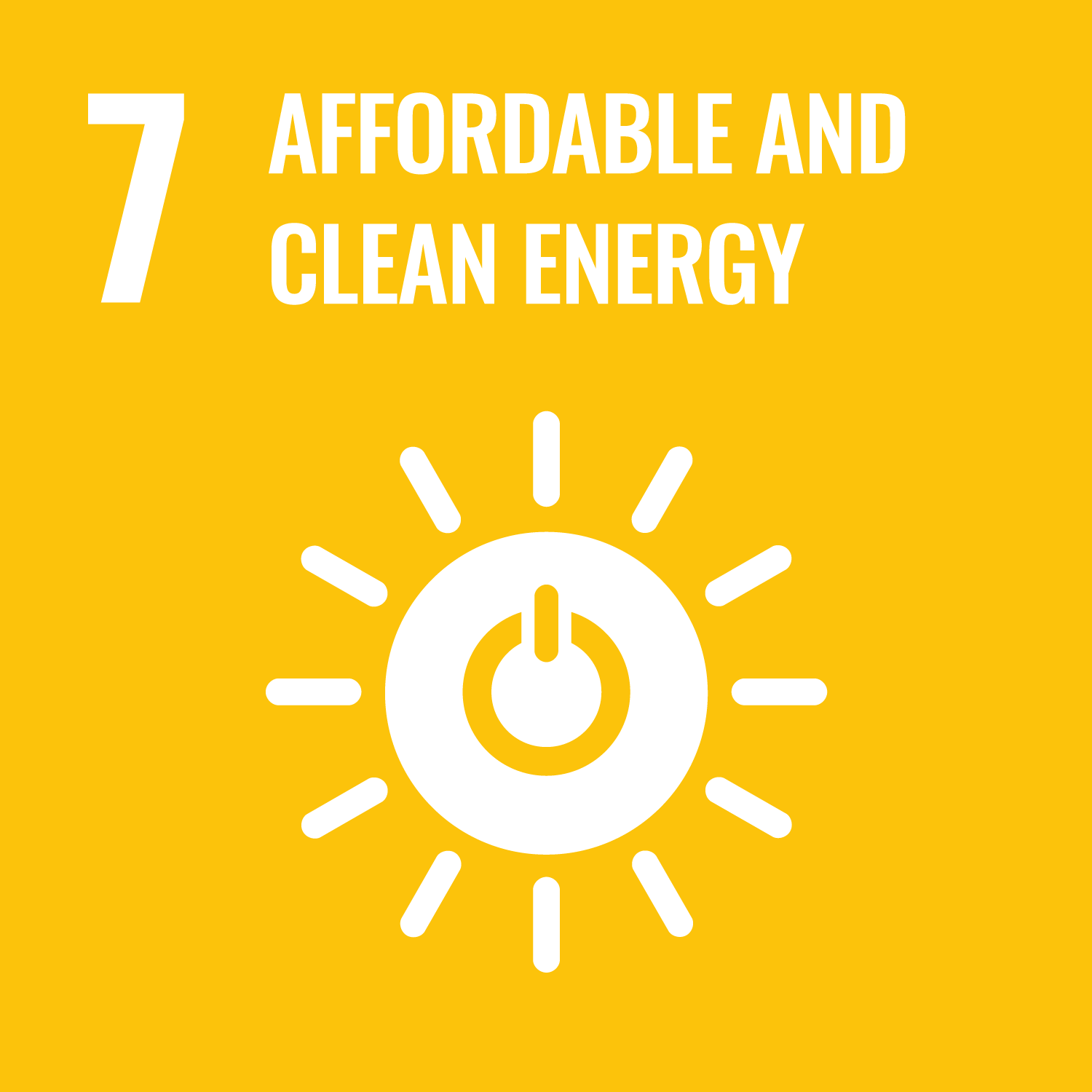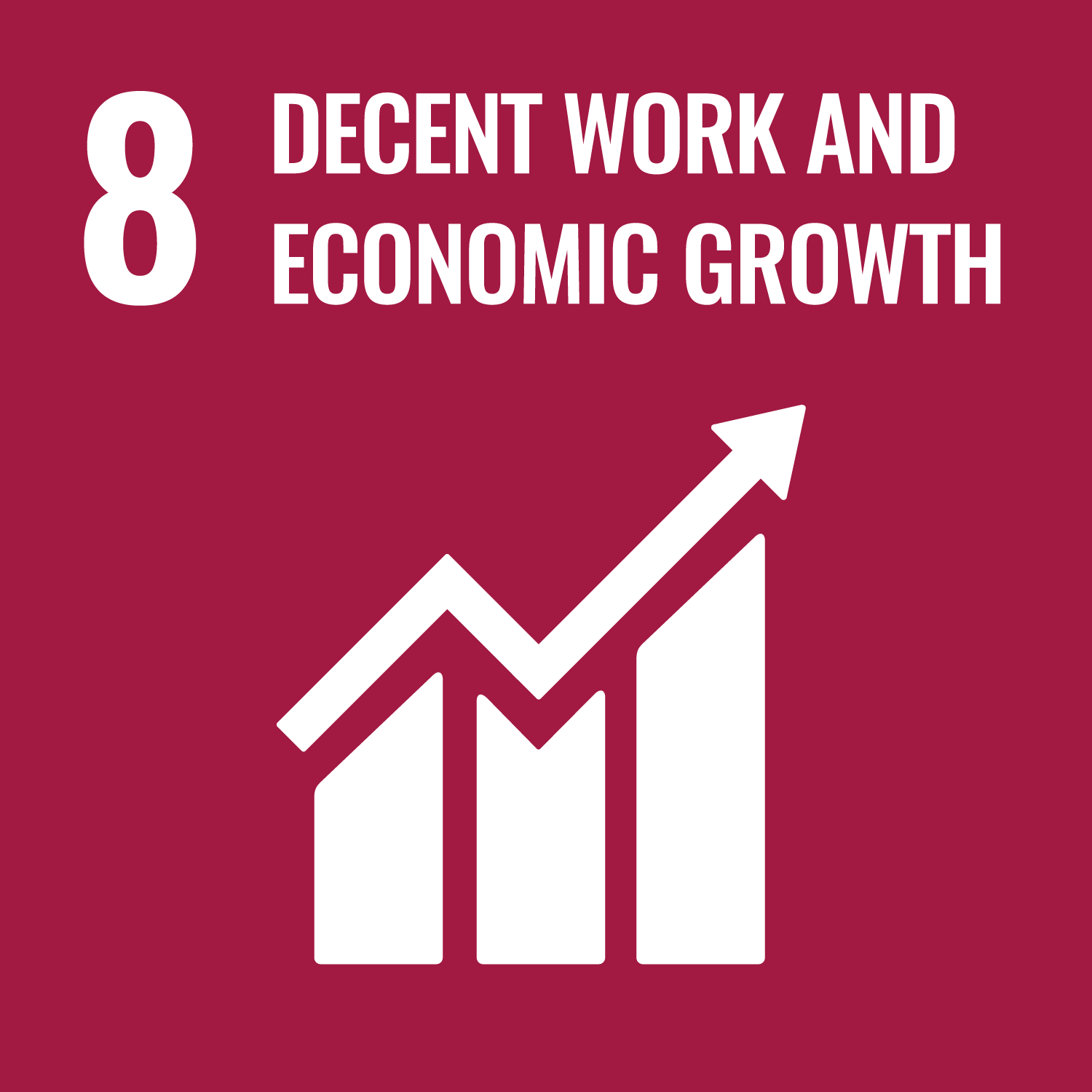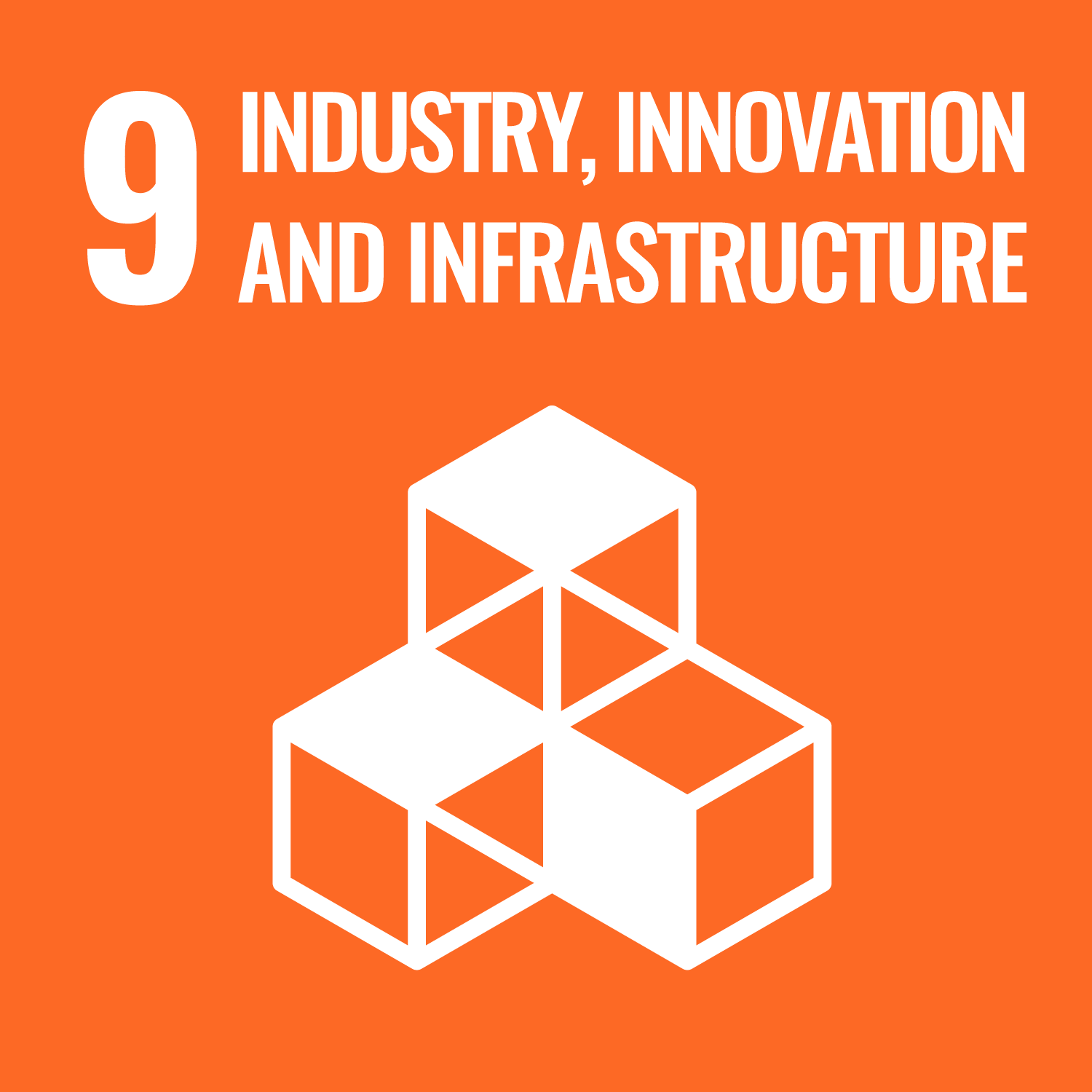Right to drinking water and intact aquatic ecosystems
Some 2 billion people do not have regular access to clean drinking water. While access to drinking water remains an urgent problem around the world, in Switzerland the major challenge is protecting aquatic ecosystems. Switzerland has enshrined protections for its waters and riverine environments in law. These apply to lakes, rivers and streams, as well as their banks and shores, which are needed to allow these waters to perform their natural functions as habitats and recreation areas, as well as flood defences. Under the law, these spaces may be used only for extensive farming, the use of pesticides is banned, and no new buildings may be given planning permission.
Water protections in Switzerland have come under considerable pressure in recent years. Exemptions have been defined for the sake of agriculture, and the implementation of the Waters Protection Act of 2011 has been delayed. A German-language study conducted by the Swiss Federal Institute of Aquatic Science and Technology (EAWAG), part of the ETH Domain, found high levels of pesticides in Switzerland’s lakes and rivers. Fertilizers and a high animal population result in extensive pollution with nitrogen and phosphorus, and the push to expand hydropower is an additional stress factor. Even today there is scarcely a water system left in Switzerland that is not impaired in some way by hydroelectric power generation. There are also signs that protections for biodiversity are being pushed back because operators have not met their legal obligation to upgrade existing facilities, for example by making them passable for fish.
Through its imports of food and feedstuffs, consumer goods and power, Switzerland infringes the right to water of people living in countries affected by permanent water stress or even water shortages. While water consumption per person, per day in Switzerland has fallen to just under 300 litres, our imports of consumer goods take that figure to 4,400 litres daily, and if electricity imports are included to as much as 14,000 litres of virtual water. In many cases, populations that are the victims of water theft are not aware of the condition of their groundwater, neither do the companies that use that water – drinks manufacturers, plantation owners and mine operators – disclose their consumption figures. This further weakens these people’s already poor negotiating position.
Switzerland has enormous expertise in water governance at cantonal and local authority level. It could make better use of this knowledge and experience in public-public partnerships internationally
- The cantons define the riverine environment for all of their lakes, rivers and streams and implement the Waters Protection Act with immediate effect.
- As part of the follow-up project to its agricultural policy from 2022 onwards (AP22+), the federal government defines benchmarks for the greening of agriculture. It reduces the animal population and determines milestones for the reduction of nitrogen and phosphorus. It promotes site-adapted, organic farming.
- Work continues to upgrade hydropower plants to environmental standards. As required by law it is completed by 2030.
- The federal government and the cantons abolish subsidies that harm biodiversity.
- Before free trade agreements are signed, a review is conducted of their impact on rights to water. If these impacts are negative, the agreements are amended accordingly.
- Switzerland works with scientists and local civil society actors to improve data-gathering in the Global South and to establish systems to monitor water availability.
- Cities and local authorities enter into public-public partnerships to defend rights to water. The federal government encourages these partnerships as part of its international cooperation work, to establish local public water management systems and to ensure water access for all.
In collaboration with Karl Heuberger, HEKS, and Michael Casanova, Pro Natura
Report as PDF
- The Council of Canadians: Blue Communities
- UN Water: SDG 6 Progress Report: www.sdg6data.org
